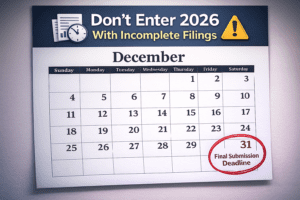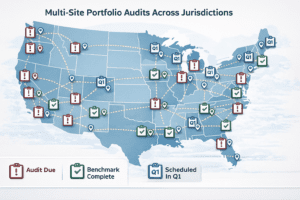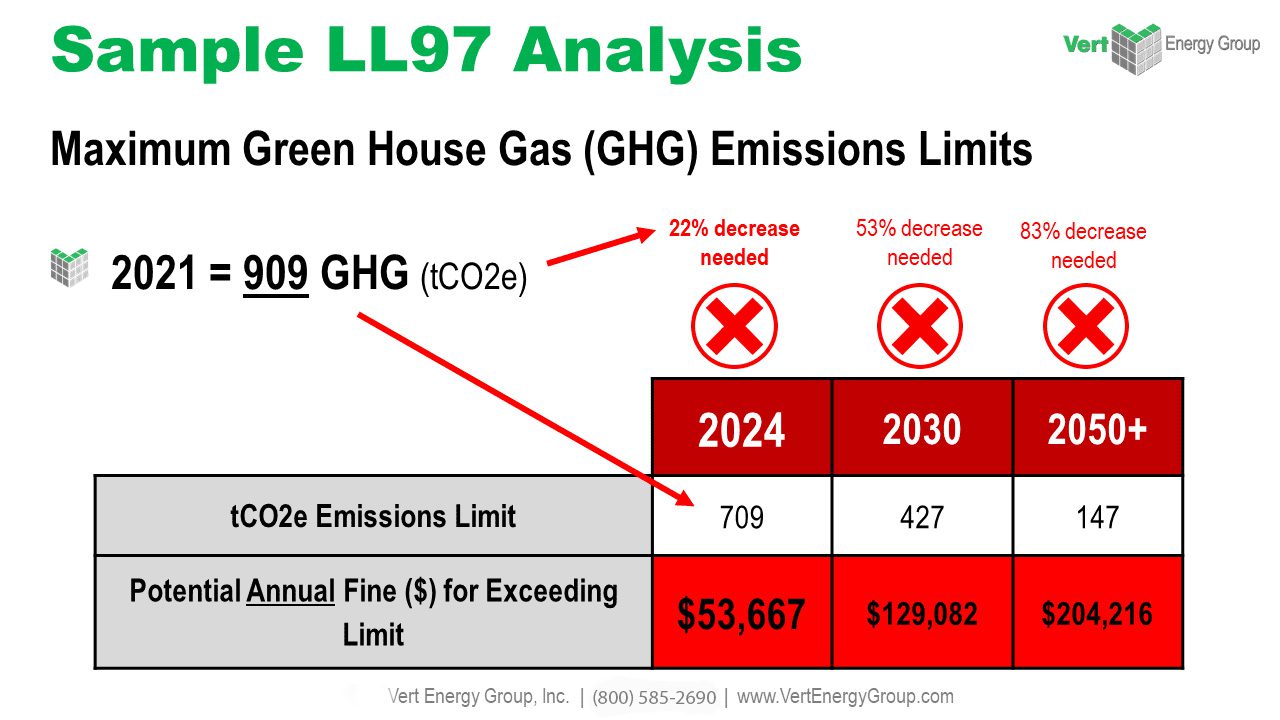Introduction
The construction industry is a dynamic and ever-changing landscape where contractors face a multitude of risks that can impact the success and profitability of their projects. Understanding and managing these risks is not a luxury but a necessity to ensure the continuity and success of any construction endeavor. Risk Management in Construction is as critical to a project as the foundation is to a building. It involves identifying potential problems before they occur, planning for uncertainties, and ensuring that the project stays on track, both financially and temporally. This blog post delves into the essential insights and strategies that contractors need to be aware of to effectively manage risks in the construction sector.
Understanding Risk Management in Construction
Risk management is the systematic approach to recognizing and dealing with potential threats to a project. In the context of construction, it encompasses a wide array of potential issues, from safety hazards to financial uncertainties, legal liabilities, and beyond. The goal is to minimize the impact of these risks on the overall project outcomes.
The significance of risk management in the construction industry is multi-fold. It aids in ensuring safety, controlling costs, meeting project timelines, and complying with environmental and legal standards. These efforts not only safeguard the project but also protect the company’s reputation, ensuring future business opportunities.
Common Risks in the Construction Industry

In the world of construction, contractors encounter a variety of risks:
– Financial Risks: These include cost overruns, poor cash flow management, and the economic feasibility of projects. Fluctuating material prices and inaccurate estimates can also lead to financial strain.
– Legal Risks: Changes in regulations, contractual disputes, and issues related to permits and property rights fall under this category. Any legal entanglement can result in delays, penalties, or even litigation.
– Operational Risks: They encompass a range of on-site challenges such as labor issues, equipment failure, and project management problems. These risks can disrupt the workflow and delay the project’s completion.
– Environmental Risks: Weather conditions, natural disasters, and environmental regulations can all impede progress and necessitate modifications to project plans.
Each type of risk requires a tailored approach. For instance, to mitigate financial risks, thorough and realistic cost planning, along with a contingency fund, can be crucial. Legal risks can be mitigated through detailed contract reviews and compliance checks. Operational risks might be reduced by adopting best practice project management techniques and investing in staff training. Lastly, environmental risks call for adaptive project planning and robust emergency response protocols.
Essential Risk Management Strategies
The fundamental steps in risk management include the identification of potential risks, evaluation of their impact and likelihood, formulation of response strategies, and ongoing monitoring and control of all identified and emerging risks.
Essential tools in this process include:
– Risk Matrix: A tool for mapping out the probability and impact of identified risks, helping prioritize which risks to address first.
– Risk Register: A document listing all identified risks, their assessment, mitigation strategies, and the party responsible for managing each risk.
By consistently applying these tools, contractors can maintain a clear understanding of the project’s risk landscape and be better prepared to address issues as they arise.
The Role of Insurance in Risk Management
Insurance is the cornerstone of risk transfer in construction. It allows contractors to shift the financial burden of certain risks to insurers. Common types of insurance in construction include General Liability, Professional Liability, Workers’ Compensation, and Builder’s Risk. Each provides coverage for different aspects of construction risks, from on-site injuries to property damage. Choosing the right mix of insurance policies is crucial for robust risk management.
Implementing A Risk Management Plan
Developing a risk management plan involves a comprehensive analysis of all aspects of the construction process to identify where risks may lie. Every identified risk is then evaluated to determine its potential impact and the likelihood of occurrence.
The steps for implementing a risk management plan are:
- Risk Identification: Use brainstorming sessions, historical data, and expert insights to identify potential risks.
- Risk Analysis: Determine the potential severity and frequency of identified risks.
- Risk Prioritization: Prioritize risks based on their impact and likelihood, focusing resources on the most significant risks.
- Risk Response Planning: Develop strategies to mitigate, transfer, avoid, or accept risks, depending on their nature and impact.
- Risk Monitoring and Control: Implement the response plans and continuously monitor the project for new risks and the effectiveness of the response strategies.
Continuous monitoring ensures that the plan remains dynamic and responsive to the project’s evolving risks.
The Role of Technology in Risk Management
Modern technology dramatically enhances the capabilities of risk management in construction. Innovations such as drones, wearable technology, and IoT devices offer real-time monitoring and data collection. Software platforms can process this data to provide predictive analytics, helping contractors anticipate and mitigate risks before they materialize.
For example, Building Information Modeling (BIM) allows for virtual construction, identifying conflicts and issues before breaking ground. Project management software offers streamlined communication and documentation, essential for tracking changes and maintaining accountability.
Managing Subcontractor Risks
Subcontractors play a critical role in construction projects, but their associated risks can impact the main contractor. Poor performance, delays, or non-compliance by a subcontractor can become the main contractor’s liability. Strategies to manage these risks include:
– Vetting Process: Thoroughly evaluate potential subcontractors’ track records, financial stability, and compliance history.
– Contract Specifications: Clearly define scope, deadlines, quality standards, and penalties for non-compliance.
– Performance Bonds: Require subcontractors to provide performance bonds as a financial guarantee for their obligations.
The Impact of Covid-19 on Construction Risk Management

The Covid-19 pandemic has underscored the importance of adaptability in risk management. The unforeseen health crisis introduced new risks—supply chain disruptions, labor shortages, and stringent health regulations. Construction companies had to quickly adapt to remote working technologies and revise their safety protocols.
This experience has shown the need for resilience planning, with risk management plans now requiring provisions for global health crises and other such unpredictable events. Contractors have learned the importance of a flexible, agile approach to risk management, incorporating lessons from the pandemic to strengthen their future practices.
Conclusion
In conclusion, navigating the complexities of risk management in construction projects stands as one of the most crucial competencies for contractors. A proactive and comprehensive approach to risk management not only safeguards a construction project’s financial viability and timely completion but also ensures the safety and well-being of all stakeholders involved.
Contractors who equip themselves with firm risk management insights and strategies will stand at the forefront of industry resilience, completing projects that endure well beyond their completion dates. As the construction industry continues to evolve, embracing advanced risk management practices will remain indispensable in building a legacy of success.
The effective management of risk separates the most successful construction projects from those that falter. Each risk, whether financial, legal, operational, or environmental, presents an opportunity to demonstrate the rigor and foresight that characterize the best in the industry. In the age where uncertainty is the only certainty, contractors who master the dance of risk management in construction will pave the way to sustainable growth and long-term success.
VertPro.com is the go-to hub for contractors dedicated to elevating energy performance upgrades for their clients. Our expansive suite of offerings includes expert Commercial Energy Audits, adept Benchmark Compliance consultation, and expansive Construction Marketplace. At VertPro®, we pride ourselves on delivering cutting-edge SaaS technology solutions that simplify the journey through Energy Benchmarking, and Energy Audits/RCx Plus, all while maintaining full compliance with a myriad of more than 60 Energy Benchmarking and Energy Efficiency Regulations nationwide.
At VertPro.com, we don’t just provide the insights and tools for energy management; we also bridge connections between qualified contractors and our client base, eager to upgrade their buildings. This creates a Marketplace where you can expand your project portfolio, ensuring that you’ll have more opportunities to apply your skills and grow your business.
